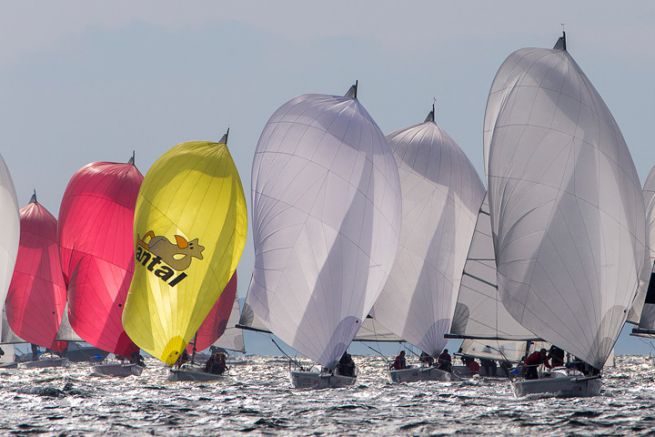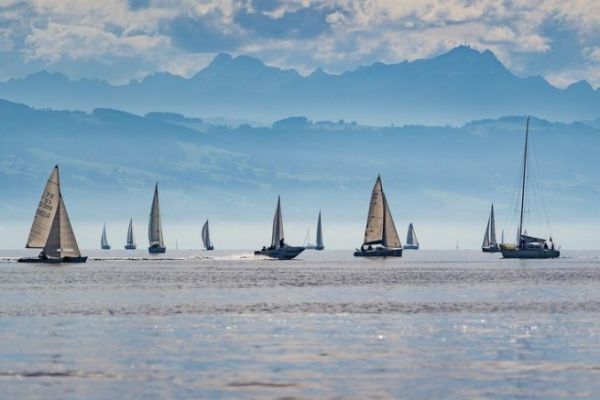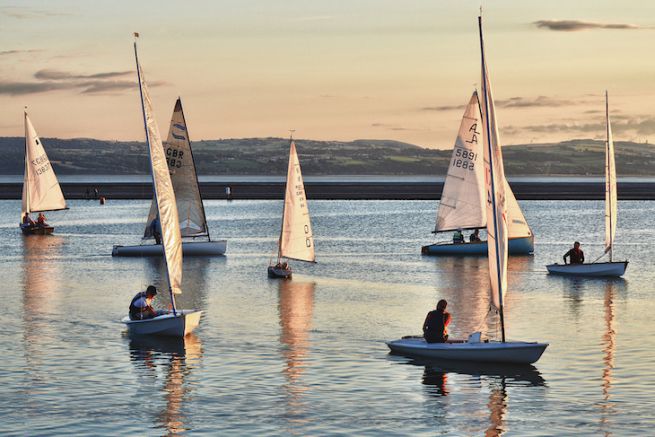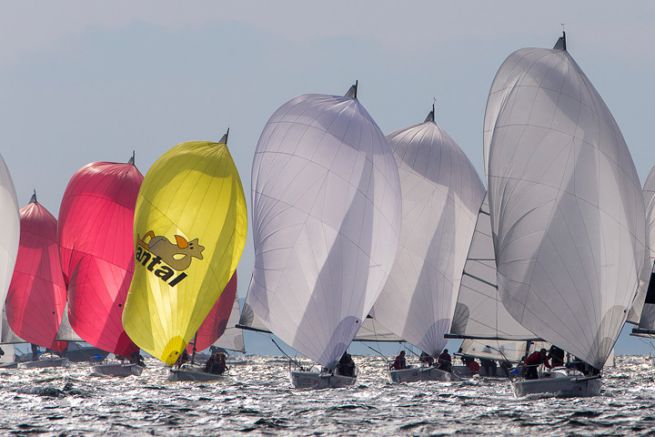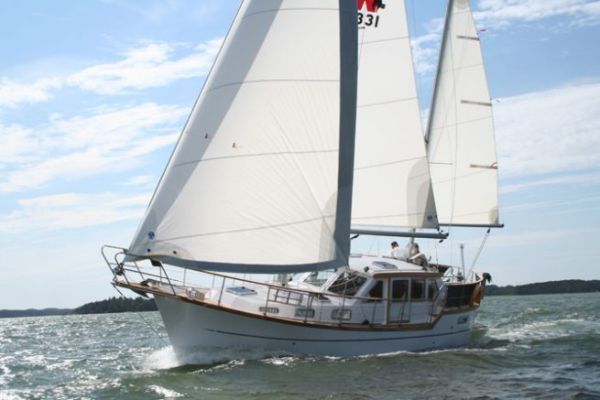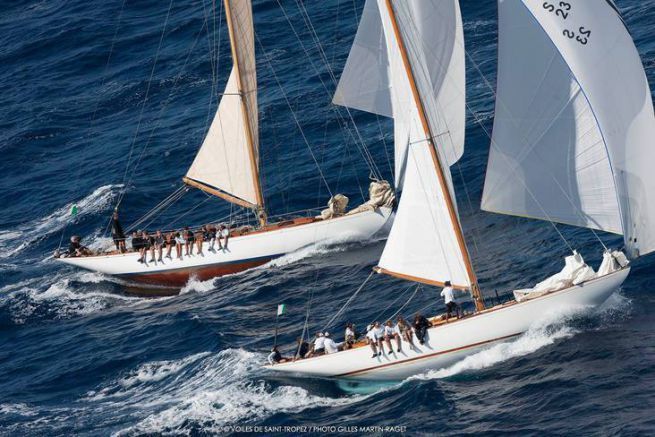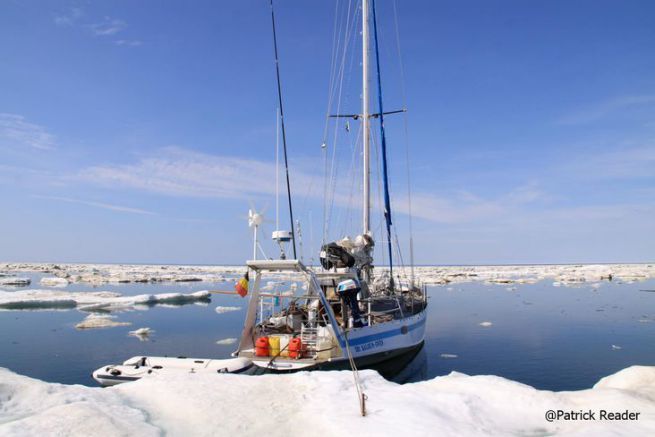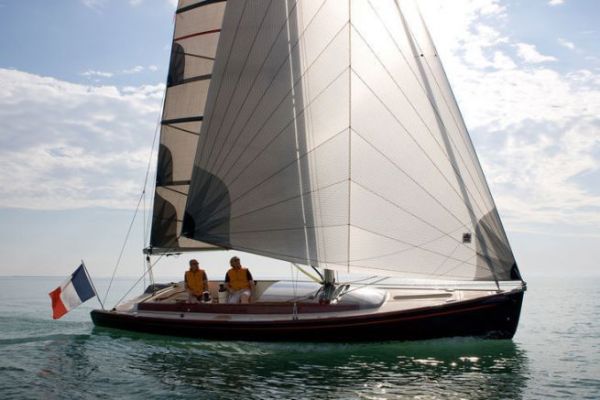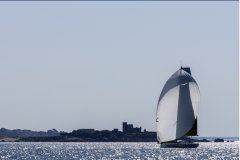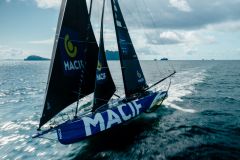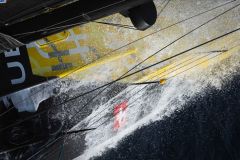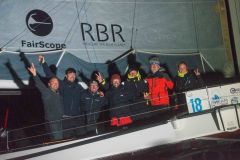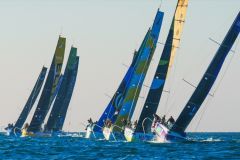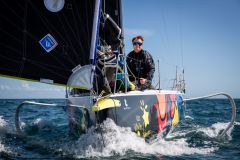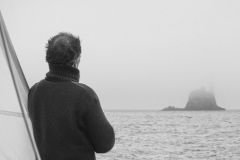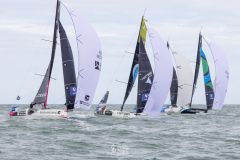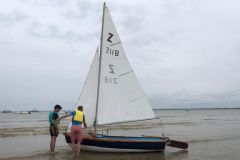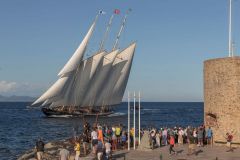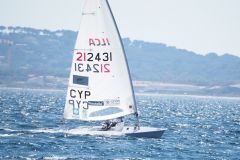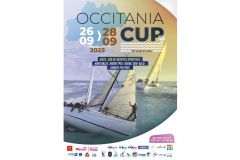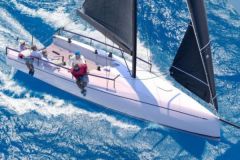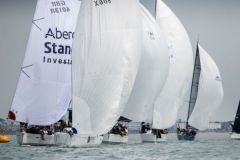If the first sailing regattas were raced on different boats, one-design racing quickly became the fairest form of competition. The Olympics chose it for its events. But one-design racing is also an economic lever, able to lower prices thanks to mass construction (Optimist and 470).
Definition
A one-design is a sailboat of which all the examples have uniform characteristics. They will share the same hull plans, rigging, sampling (the thickness of the materials used), and sometimes the same center of gravity. The regattas offer a classification that values the qualities of the crew. One-design sailing also developed for economic reasons; mass production allowed for a democratization of sailing.
History
In 1887, the brilliant architect Nathanael Herreshoff (who designed a succession of undefeated yachts in the America's Cup between 1893 and 1920) made a first attempt at one-design. He launched the manufacture of catamarans with a flexible structure, but it was a commercial failure with only 4 units leaving the yard.
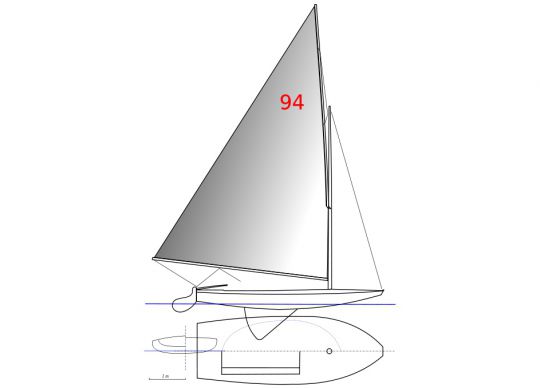
The rise of the one-design comes from Maine in the United States. In 1885, a series of North Haven Dinghies from 14 feet . In France, it is in 1891 that the first series appear with the Morbihan of the Nautical Society of Lorient. Only 25 examples were built. The first real success was the Chatou One-Design, launched in 1901. In 1940 there were 110 units on the water.
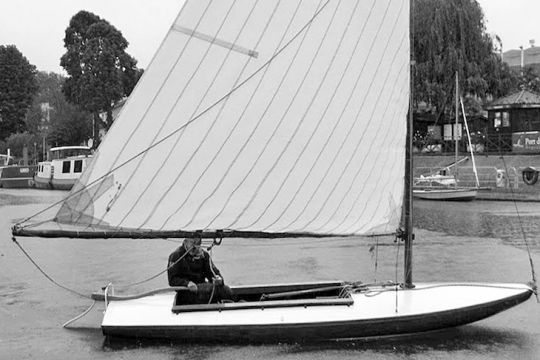
Definition of the navigation program
One-design racing is therefore a race on equal terms. We could say "It doesn't matter what the medium is as long as we all have the same." A one-design race is by far the simplest to understand: same start, same support, first to finish wins.
But it is also the most demanding form of regatta in its practice. You can't count on an advantage provided by the architect or the builder. Every detail, every adjustment, every second counts. These are very close races.
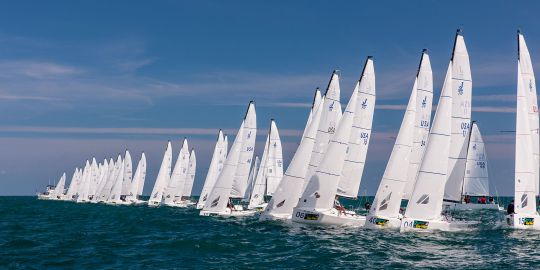
Current offer
The series have multiplied over the years and the number of one-designs is now impressive: from dayboats to beach boats, from traditional sailboats to offshore racers.
The possibilities are numerous depending on the technical level and the budget. You can do a departmental laser regatta just for fun or participate in the 2024 Paris Olympics, looking for the top step of the podium.
Offshore racing also has its one-design series, such as the Volvo Ocean 65 (the boats of the Volvo Ocean Race), or the Figaro 3, which the offshore racing world is already eyeing with passion.
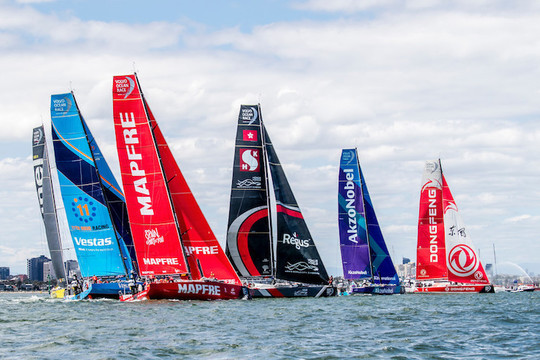
Features
They are perfectly adapted to their program of use, without any compromise. Above all, they must be identical to each other to ensure fairness among competitors. Strict controls ensure the uniformity of the fleet.
This category includes
Multihulls or monohulls of all sizes, with various materials (wood, fiberglass or carbon...): Optimist, 5o5, Surprise, J80, Swan 50, VOR, Hobie Cat 16, Tornado... built by local or international shipyards
Practice
One-design sailing is practiced on the sea, in bays, on coastal courses and even around the world.
The one-design program can bring together a dozen boats and sometimes thousands, as in Riva del Garda, Italy, where the largest Optimist regatta in the world brings together 1,050 small sailors from 33 countries.

 /
/ 